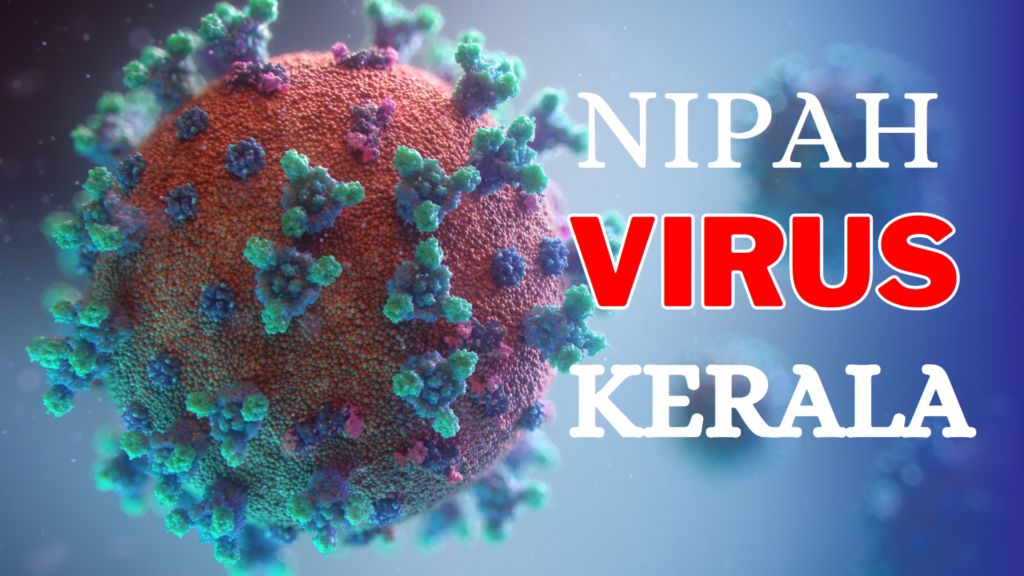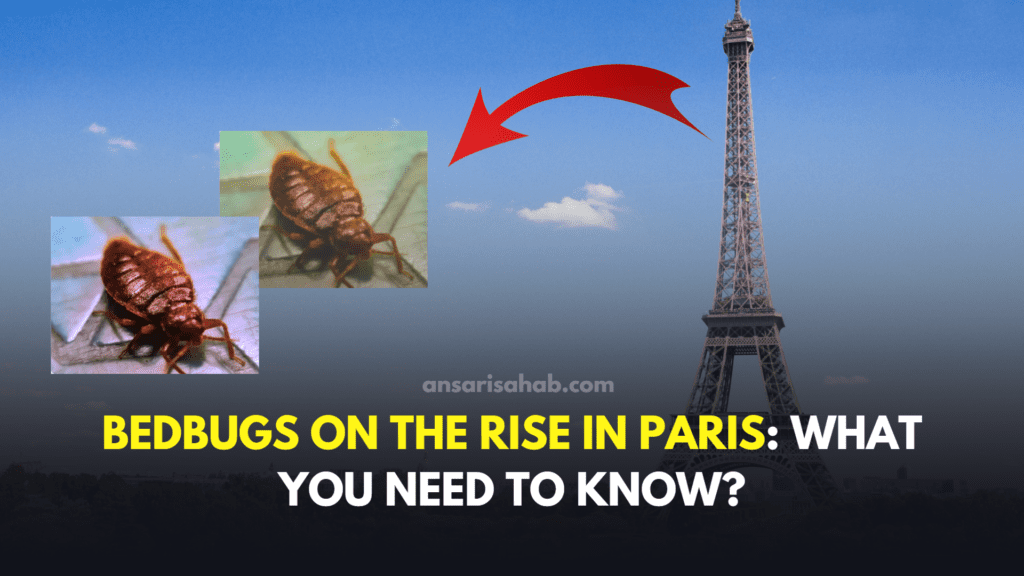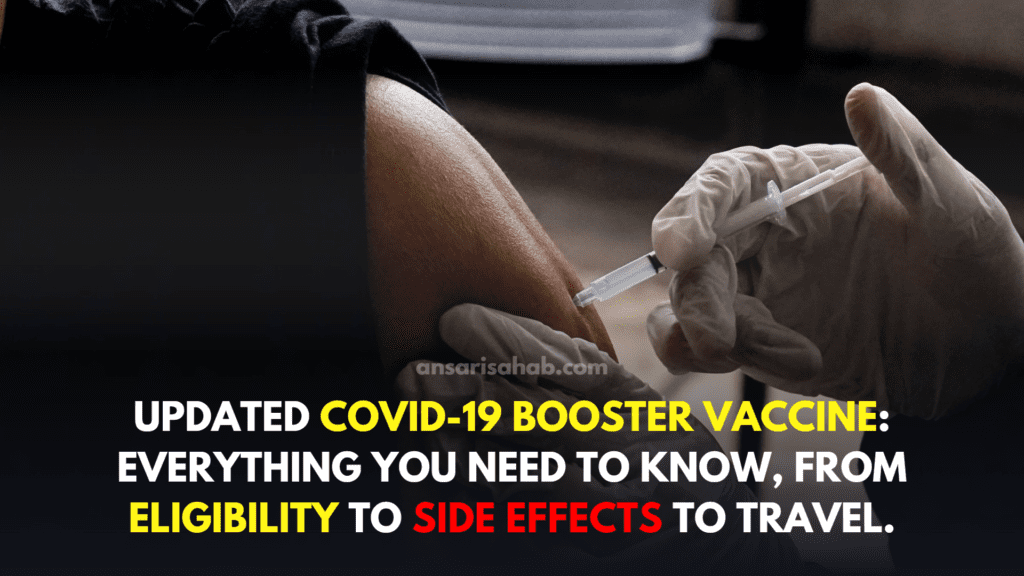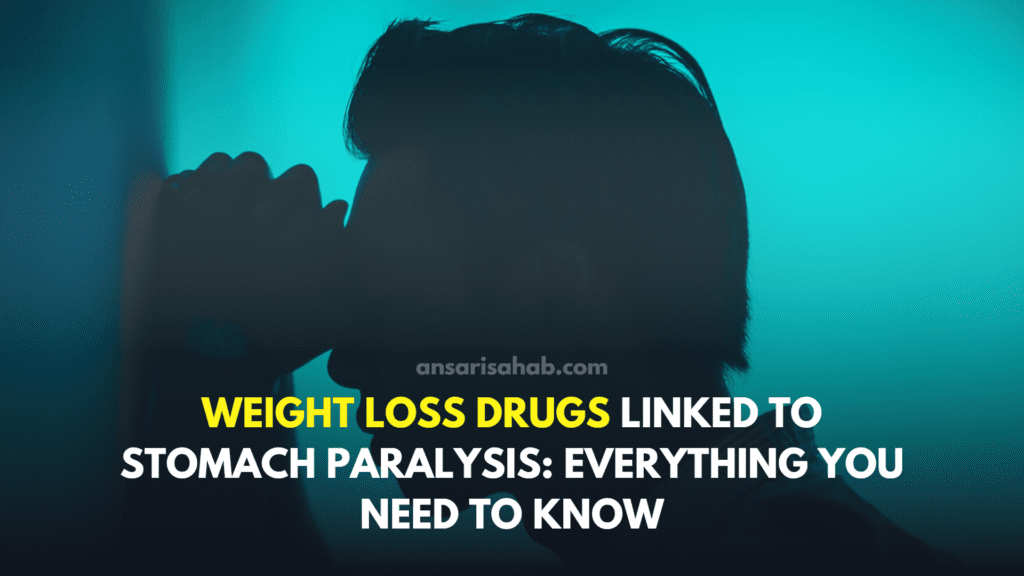A silent heart attack is one of the most underestimated cardiovascular threats. Unlike a typical heart attack, which comes with intense chest pain and obvious warning signs, a silent heart attack often goes unnoticed. Many people experience only mild discomfort or subtle symptoms that are mistaken for fatigue, indigestion, or stress.
The prevalence of silent heart attacks is increasing worldwide, especially among older adults, people with diabetes, and individuals with high blood pressure. Studies suggest that a significant percentage of heart attacks occur without the classic symptoms, meaning many people never even realize their heart has been damaged.
Recognizing the subtle signs of a silent heart attack is crucial. Early detection can save lives, improve recovery outcomes, and prevent long-term heart damage. By paying attention to unexplained fatigue, mild chest discomfort, shortness of breath, or unusual sweating, individuals can seek medical help promptly and take preventive measures to protect their heart health.
What Is a Silent Heart Attack?
A silent heart attack, also known as a silent myocardial infarction, occurs when part of the heart muscle is damaged due to a lack of blood flow, but the usual dramatic symptoms are absent. Unlike typical heart attacks with severe chest pain, silent heart attacks might only cause mild discomfort or vague symptoms, making them difficult to detect.
The danger lies in the fact that the heart may already sustain significant damage before the person becomes aware. Over time, undetected silent heart attacks can lead to chronic heart problems, including heart failure, irregular heart rhythms, and a higher risk of subsequent heart attacks.
Common Yet Overlooked Symptoms
Because silent heart attacks are not accompanied by the classic “crushing chest pain,” people often ignore or misinterpret the warning signs. Some common symptoms include:
- Mild chest discomfort or pressure – often felt as tightness rather than sharp pain.
- Fatigue and weakness – feeling unusually tired for no apparent reason.
- Shortness of breath – difficulty breathing during routine activities.
- Indigestion or nausea – sometimes mistaken for digestive issues.
- Dizziness or lightheadedness – a subtle indicator that your heart may not be getting enough blood flow.
- Sweating – unexplained cold sweats can also be a warning sign.
It is important to note that these symptoms are often subtle and can last for only a few minutes, further contributing to underdiagnosis.
Who Is at Risk?
While anyone can experience a silent heart attack, certain groups are more vulnerable:
- People with diabetes – high blood sugar can damage nerves, reducing the sensation of pain.
- Individuals with high blood pressure or high cholesterol – these conditions increase the risk of blocked arteries.
- Older adults – heart attack risk rises with age.
- Women – studies show women often experience atypical heart attack symptoms, making detection harder.
- People with a family history of heart disease – genetics play a role in cardiovascular health.
Understanding your risk profile can help you stay alert to subtle signs and prioritize preventive care.
The Importance of Early Detection
Early recognition of a silent heart attack is critical. Even mild or vague symptoms should prompt a medical consultation. Detecting heart damage early allows doctors to:
- Assess the extent of heart muscle damage.
- Recommend medications to reduce the risk of further attacks.
- Suggest lifestyle changes and interventions to strengthen heart health.
Diagnostic tools such as electrocardiograms (ECG), blood tests for cardiac enzymes, and advanced imaging like echocardiograms can help identify silent heart attacks before severe complications occur.
Preventive Measures and Lifestyle Changes
Preventing a silent heart attack involves proactive heart health management:
- Maintain a balanced diet – focus on fruits, vegetables, whole grains, and lean proteins.
- Exercise regularly – aim for at least 150 minutes of moderate activity per week.
- Manage stress – mindfulness, yoga, or therapy can reduce cardiovascular strain.
- Monitor blood pressure and cholesterol – keep them within healthy ranges.
- Avoid smoking and limit alcohol – both increase heart attack risk.
- Regular check-ups – early detection of risk factors can prevent silent heart attacks.
Lifestyle changes not only reduce the risk of silent heart attacks but also improve overall cardiovascular health and longevity.
When to Seek Medical Attention
Even mild or unusual symptoms should not be ignored. Seek immediate medical help if you experience:
- Persistent chest discomfort or pressure
- Sudden shortness of breath
- Unexplained fatigue or dizziness
- Cold sweats or nausea without obvious cause
Remember, silent heart attacks may not present the dramatic symptoms associated with traditional heart attacks, but the risk is just as real. Consulting a healthcare professional promptly can save lives.
Conclusion: Empower Yourself Against Silent Heart Attacks
A silent heart attack is a subtle yet serious health threat. By understanding the hidden signs, knowing your risk factors, and taking proactive measures, you can protect your heart and prevent long-term complications. Awareness is your first defense — don’t ignore the subtle signals your body sends.
Your heart health matters. Stay informed, stay vigilant, and encourage loved ones to do the same. Silent heart attacks may be quiet, but the consequences are loud and life-altering.









